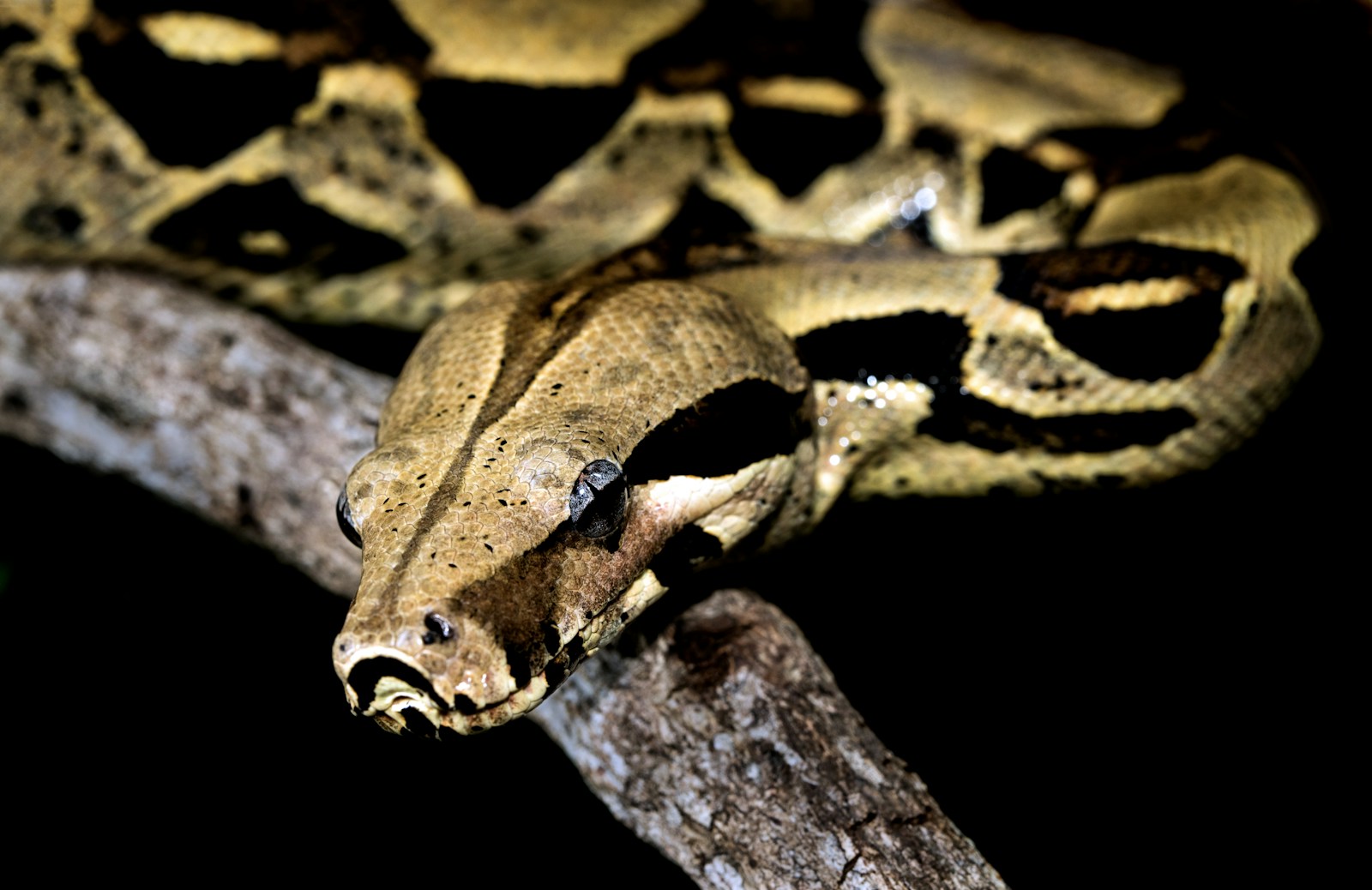The thought of a snake ascending a vertical surface strikes fear into many people’s hearts. This seemingly supernatural ability has fueled countless nightmares and urban legends. But separating fact from fiction about snakes’ climbing abilities requires delving into their physical adaptations, behavioral patterns, and the science behind their movement. Different snake species possess varying capabilities when it comes to scaling vertical surfaces, and understanding these differences can help us appreciate these remarkable reptiles while addressing common misconceptions. This article explores the fascinating truth about snakes’ vertical mobility, examining which species can climb walls, how they accomplish this feat, and what limitations they face.
The Mechanics of Snake Movement
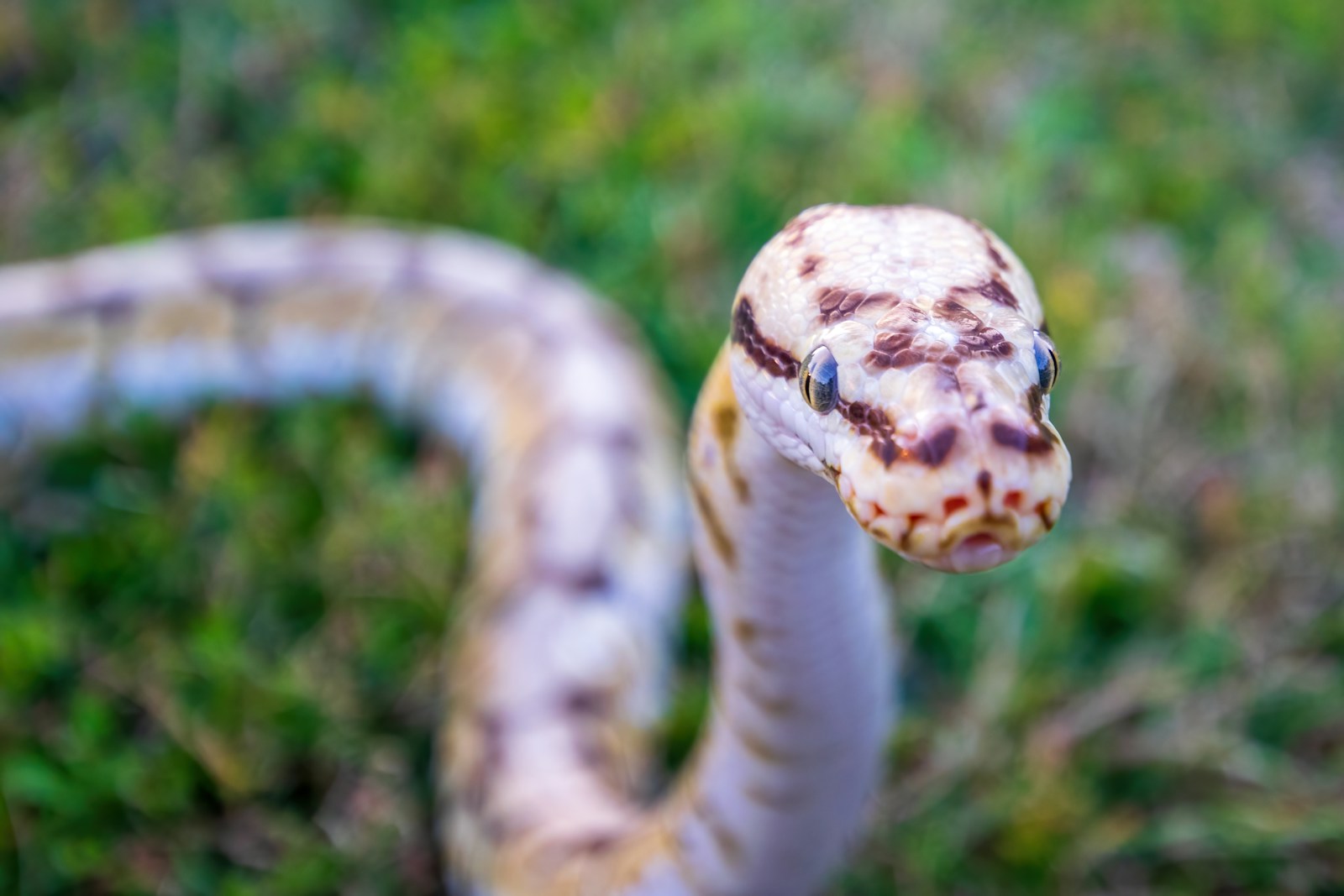
Unlike mammals with limbs, snakes move using a complex series of muscle contractions that propel them forward. They primarily employ four types of locomotion: lateral undulation (side-to-side movement), rectilinear progression (straight-line creeping), sidewinding, and concertina movement. The concertina method, where the snake forms loops to grip surfaces and then extends its body forward, is most commonly used for climbing. This technique allows snakes to create anchor points and generate the friction necessary to ascend vertical surfaces. By using their specialized ventral scales (the wide plates on their undersides) and manipulating their body weight distribution, many snakes can effectively navigate dimensions beyond the horizontal plane.
Physical Adaptations That Enable Climbing

Snakes possess several physical adaptations that facilitate climbing vertical surfaces. Their ventral scales act like tiny hooks that can catch on microscopic imperfections in surfaces, providing traction where human eyes see only smoothness. Tree-dwelling species often have more pronounced ventral scales with keeled edges specifically evolved for gripping bark. Some arboreal snakes also have relatively longer bodies with less girth, allowing them to distribute their weight more efficiently when climbing. Additionally, the strong muscular control throughout their entire body enables snakes to create precise pressure points against surfaces. These adaptations work in concert to give certain snake species remarkable climbing abilities that would otherwise seem impossible for a limbless creature.
Which Snake Species Are Expert Climbers?

Not all snakes possess equal climbing abilities, with arboreal (tree-dwelling) species demonstrating the most impressive vertical mobility. Rat snakes (Pantherophis species) are particularly adept climbers, capable of scaling surprisingly smooth surfaces like brick walls and vinyl siding. Green tree pythons (Morelia viridis) and emerald tree boas (Corallus caninus) have evolved specialized tails that function almost like a fifth limb when wrapping around branches. Brown tree snakes (Boiga irregularis), infamous for their invasion of Guam, can climb virtually any textured surface with remarkable speed. Other notable climbers include various species of racers, kingsnakes, and the common garter snake, which can ascend rough vertical surfaces despite not being primarily arboreal.
Can Snakes Climb Perfectly Smooth Walls?
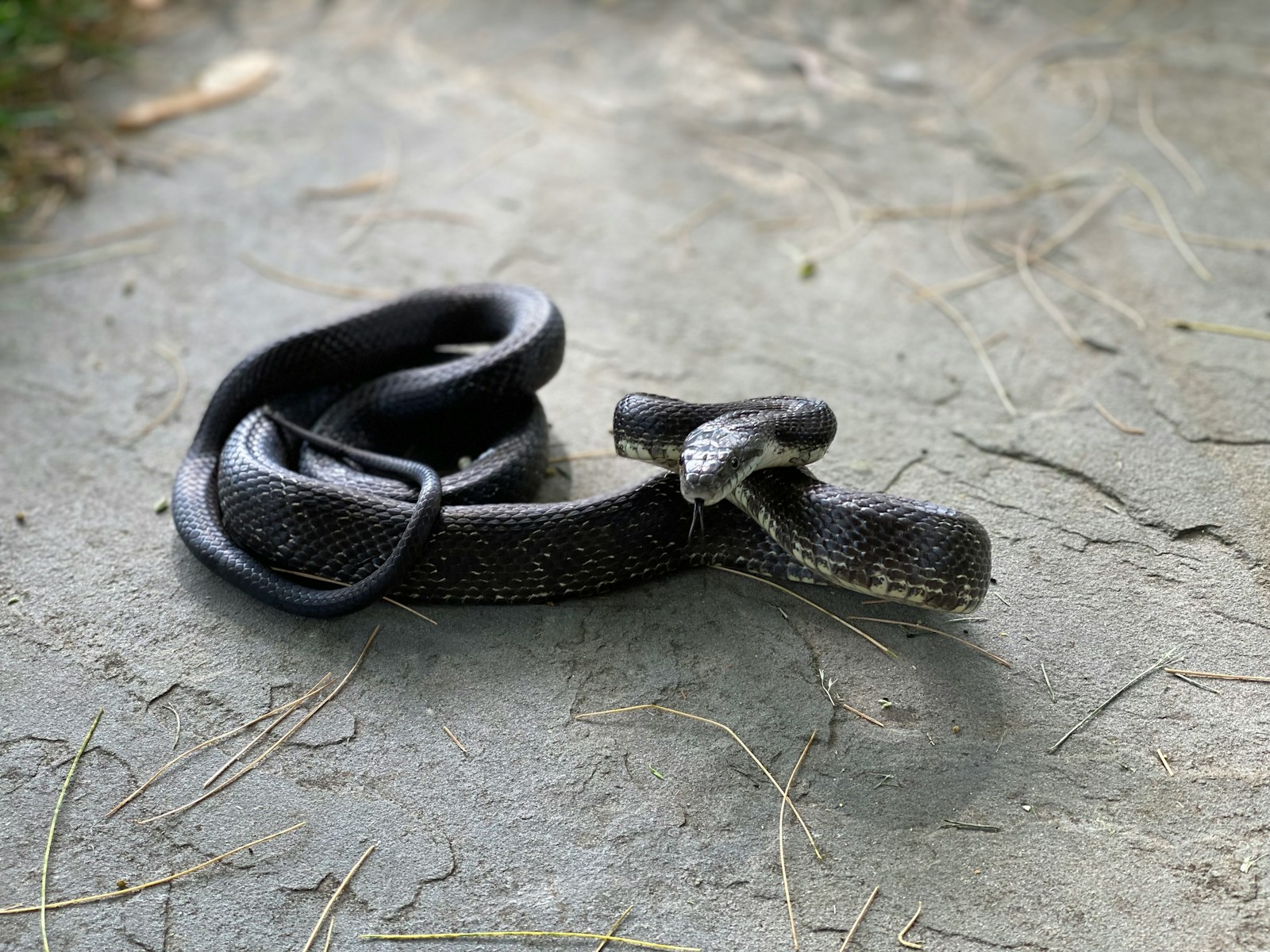
While snakes can climb many surfaces that appear smooth to human eyes, truly frictionless surfaces present insurmountable challenges even for the most adept climbing species. Glass, polished metal, and certain plastics with absolutely no texture typically cannot be scaled by snakes. This limitation exists because snakes require at least microscopic imperfections to create the necessary friction with their ventral scales. Scientific studies have shown that even expert climbing species like rat snakes will repeatedly slide down when attempting to scale perfectly smooth surfaces in laboratory settings. This physical limitation provides some comfort to those worried about snakes entering homes through impossibly small openings or climbing truly smooth exterior walls without any textural features or adjacent support structures.
How High Can Snakes Climb?

The height a snake can climb depends on the species, individual size, and surface texture. Some arboreal species regularly ascend to the canopies of rainforests, reaching heights of over 100 feet above the ground. Rat snakes have been documented climbing two-story buildings with relatively little difficulty when suitable textures are available. The climbing height is often limited more by opportunity and necessity than physical capability, as snakes typically climb with specific purposes like hunting, escaping predators, or seeking appropriate temperatures. Larger, heavier snake species generally face more significant limitations in climbing height due to the increased muscle effort required to counteract gravity. Their climbing endurance also plays a role, as maintaining the necessary muscle contractions for vertical movement requires considerable energy expenditure.
Common Home Surfaces Snakes Can Climb
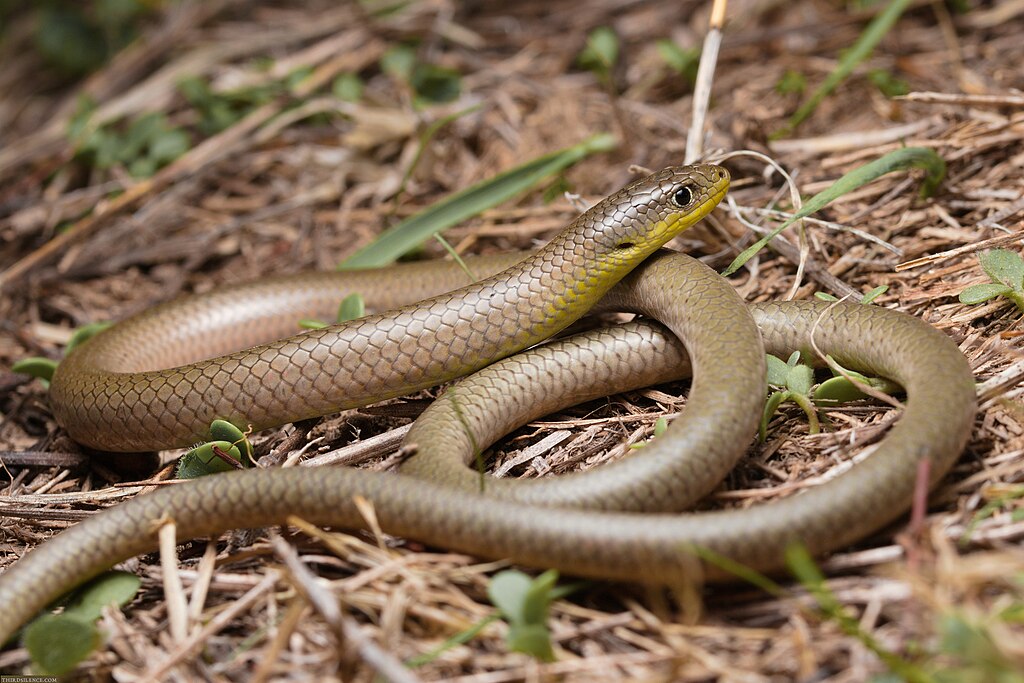
Homeowners are often surprised to learn which household surfaces can be navigated by climbing snakes. Brick, stone, and stucco exteriors provide excellent climbing surfaces due to their rough textures and numerous crevices. Vinyl siding, despite appearing relatively smooth, often contains enough texture for skilled climbers like rat snakes to ascend. Wooden surfaces, including natural weathered wood and even painted trim, provide ample traction for many snake species. Other climbable home features include concrete foundations, certain types of weathered metal siding, and any surfaces with significant weathering that creates texture. Snakes may also use adjacent structures like drain pipes, vines, nearby trees, or utility cables as highways to access higher portions of buildings, highlighting the importance of considering the entire exterior environment when assessing potential snake entry points.
The Role of Surface Texture in Snake Climbing
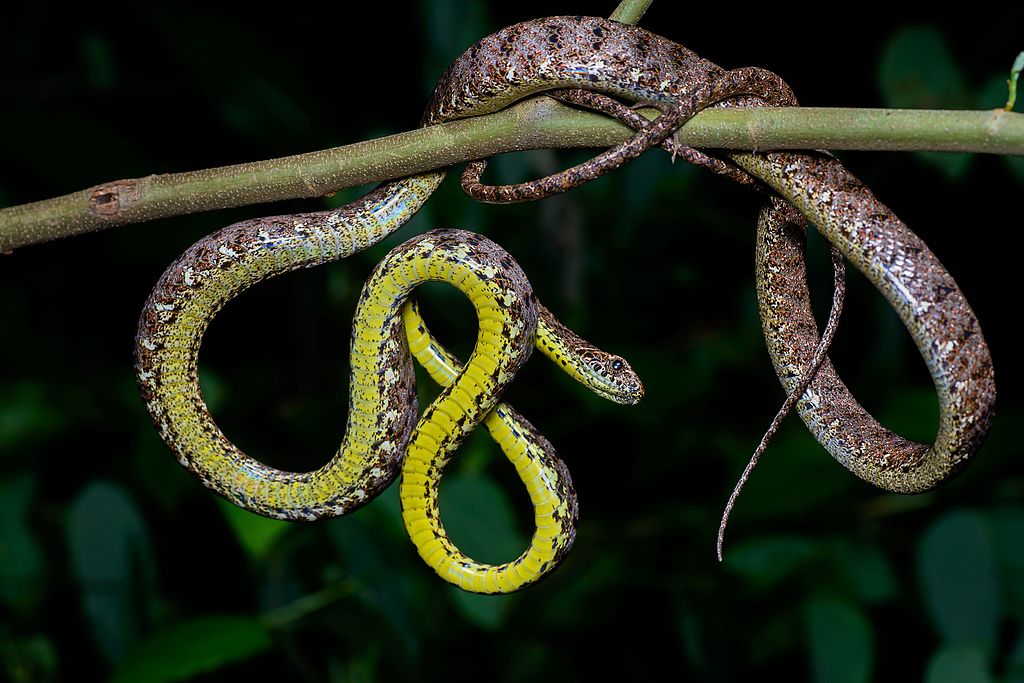
Surface texture plays the most crucial role in determining whether a snake can successfully climb a wall. Rough, porous surfaces with numerous microscopic ridges and valleys provide ideal climbing conditions, as they allow snakes to create multiple points of contact and generate sufficient friction. As surface smoothness increases, climbing difficulty increases exponentially, with perfectly smooth surfaces being impossible for snakes to ascend. The orientation of textural features also matters; horizontal ridges or patterns facilitate climbing more effectively than vertical ones, as they provide better anchor points for ventral scales. Environmental factors like moisture can temporarily alter surface texture, sometimes making ordinarily difficult surfaces more navigable for snakes when wet or humid conditions create better friction dynamics.
Debunking Myths About Snake Wall-Climbing
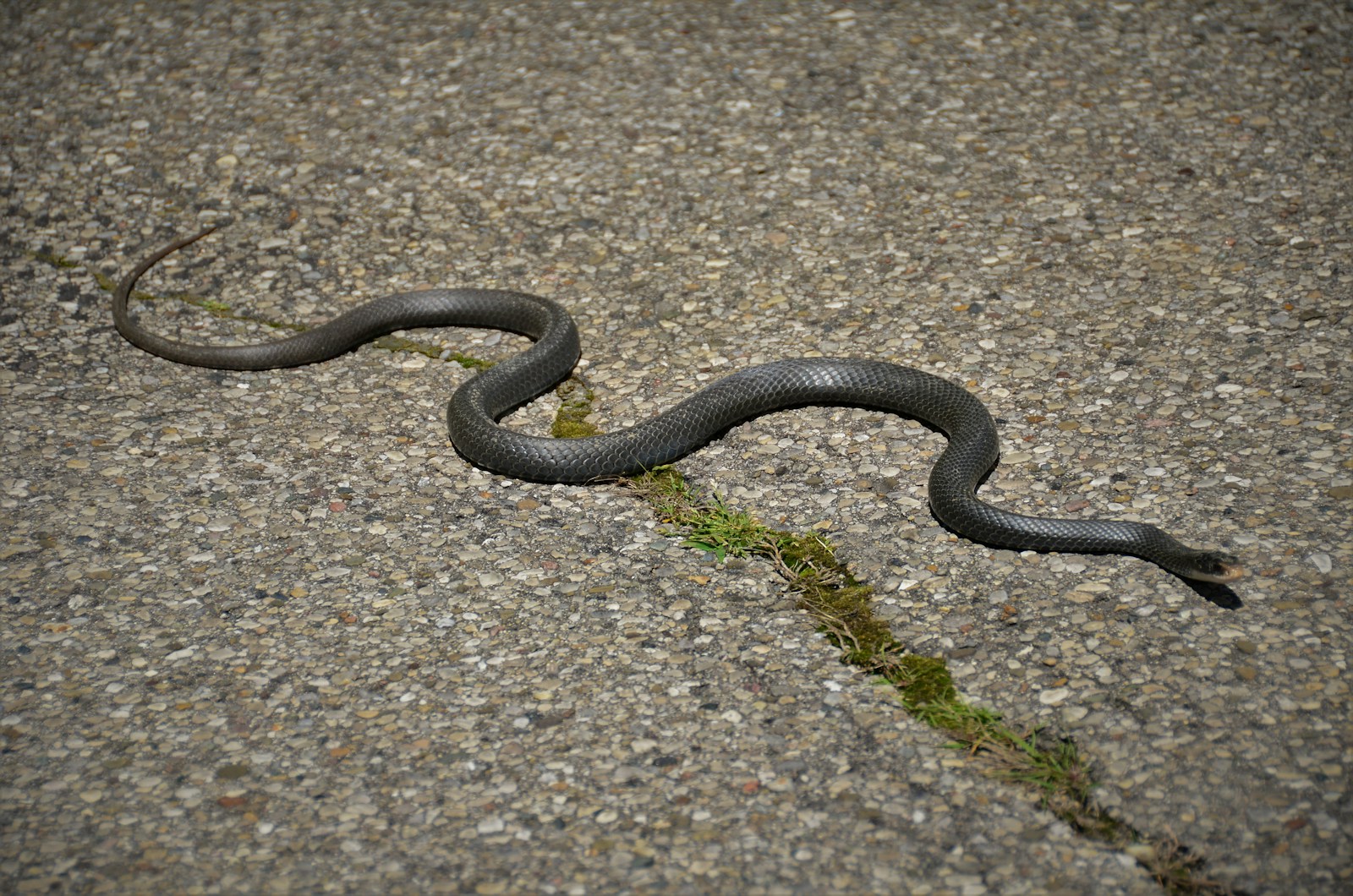
Popular culture has perpetuated numerous misconceptions about snakes’ climbing abilities. Contrary to some horror movies, snakes cannot scale perfectly smooth glass walls or ceilings like some lizard species with specialized toe pads. Another common myth suggests that all snakes are equally skilled climbers, when in reality their abilities vary dramatically based on species-specific adaptations. Some believe snakes use a vacuum-like suction to climb, which is entirely false; they rely purely on physical contact and friction. The misconception that venomous snakes cannot climb as well as non-venomous species also has no scientific basis, as climbing ability correlates with habitat adaptation rather than venom production. Understanding these realities helps dispel unwarranted fears while fostering appropriate respect for snakes’ actual capabilities.
Why Do Snakes Climb Walls?
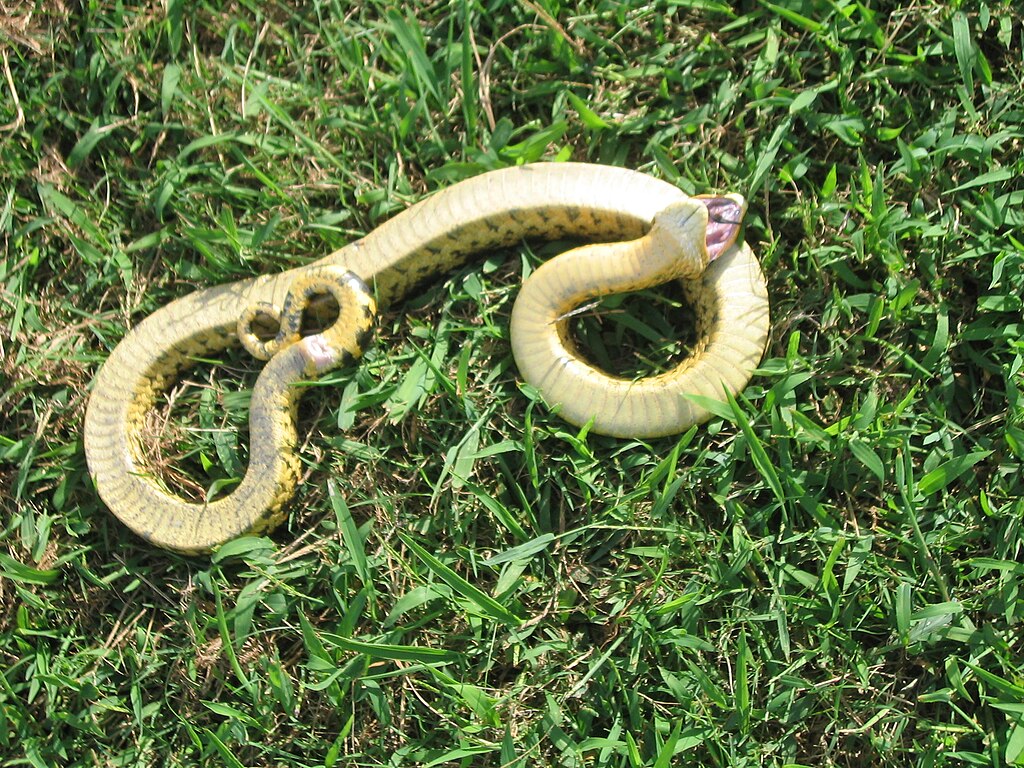
Snakes don’t climb walls out of malice or to seek human encounters – their vertical explorations serve specific biological and survival purposes. Pursuing prey is a primary motivation, particularly for species that naturally hunt birds, eggs, or small mammals that might nest or hide in elevated locations. Escaping predators represents another common reason, as gaining vertical distance can provide safety from ground-dwelling threats. Temperature regulation motivates some climbing behavior, as snakes might ascend to find warmer surfaces heated by the sun or to escape excessively hot ground temperatures. During breeding seasons, male snakes may climb to locate potential mates or to follow pheromone trails left by females. These natural behaviors explain why snakes might be found in surprising elevated locations around human habitations.
Snake-Proofing Your Home: Preventing Vertical Entry
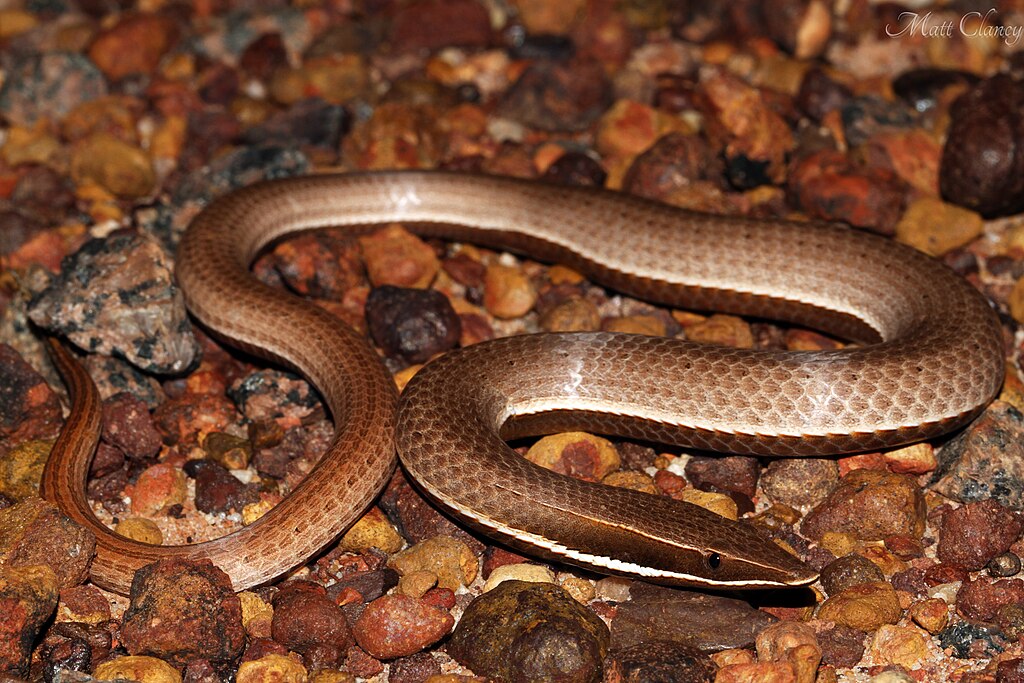
For those concerned about snakes accessing their homes via vertical surfaces, several preventative measures can significantly reduce the risk. Sealing all potential entry points, including gaps around doors, windows, utility penetrations, and foundation cracks, creates an effective first line of defense against climbing snakes. Installing fine mesh screens (¼ inch or smaller) over vents and other necessary openings prevents entry while maintaining proper ventilation. Keeping vegetation trimmed back from the home’s exterior eliminates natural “bridges” that snakes might use to access higher portions of buildings. Maintaining a clear perimeter around the foundation, free of debris, woodpiles, and dense ground cover, reduces habitat appeal for snakes and makes their approach more visible. For particularly persistent snake issues, commercial snake fencing with smooth barriers angled outward at the top can effectively deter even the most determined climbing species.
Comparing Snake Climbing to Other Reptiles
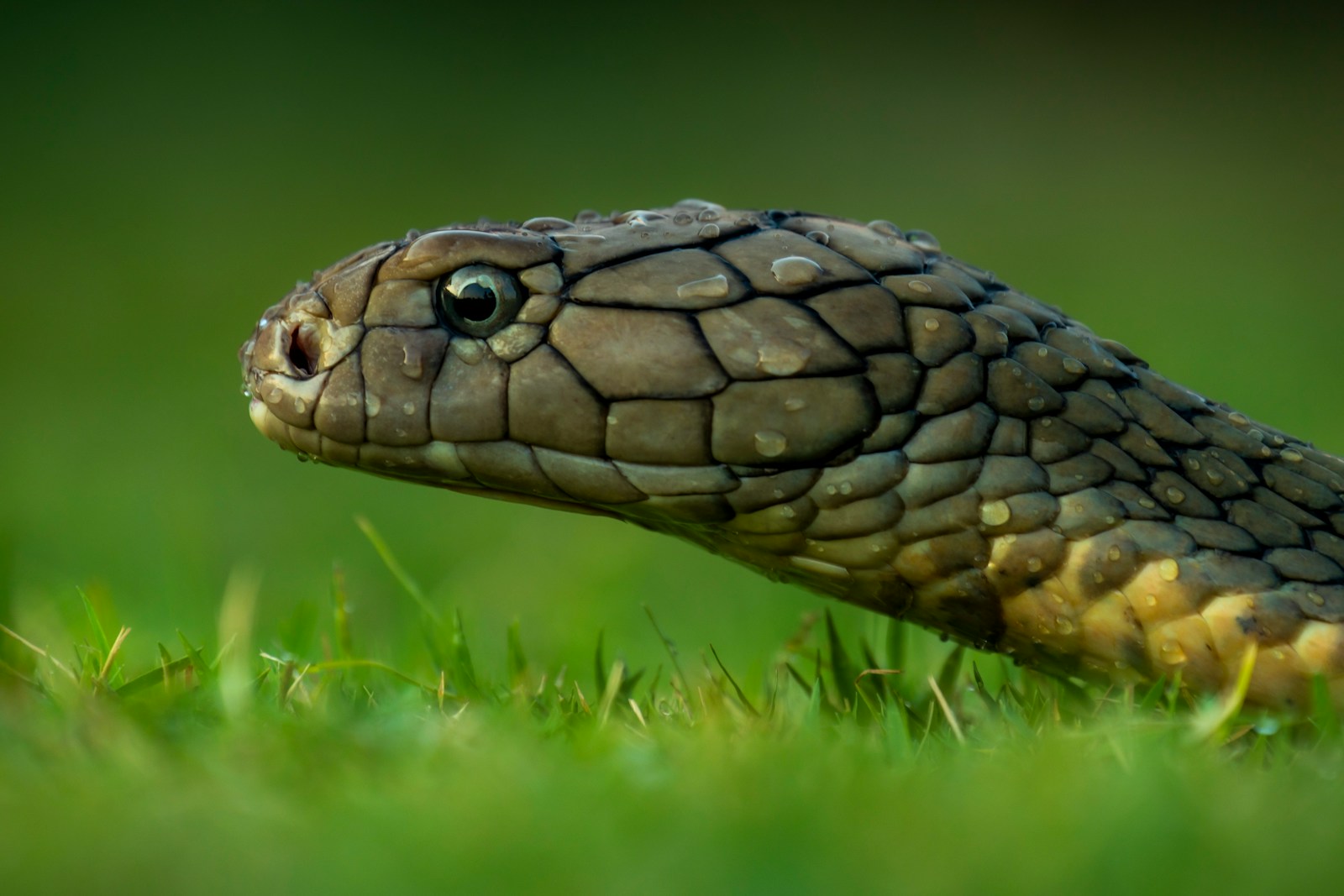
While snakes demonstrate impressive climbing abilities, they generally don’t match the vertical prowess of some lizard species specifically adapted for arboreal life. Geckos represent the ultimate wall-climbers with their specialized toe pads containing microscopic hair-like structures (setae) that create molecular bonding with surfaces, allowing them to climb even perfectly smooth glass and walk on ceilings. Iguanas possess sharp claws and specialized toe pads that provide superior gripping power compared to snakes. Chameleons have evolved zygodactylous feet (grouped digits that form grasping units) and prehensile tails specifically for navigating thin branches. Unlike these specialized climbers, snakes achieve their vertical mobility through entirely different biomechanical approaches, making their climbing abilities all the more remarkable considering they lack any limbs or specialized adhesive structures.
The Evolutionary Advantages of Climbing Ability
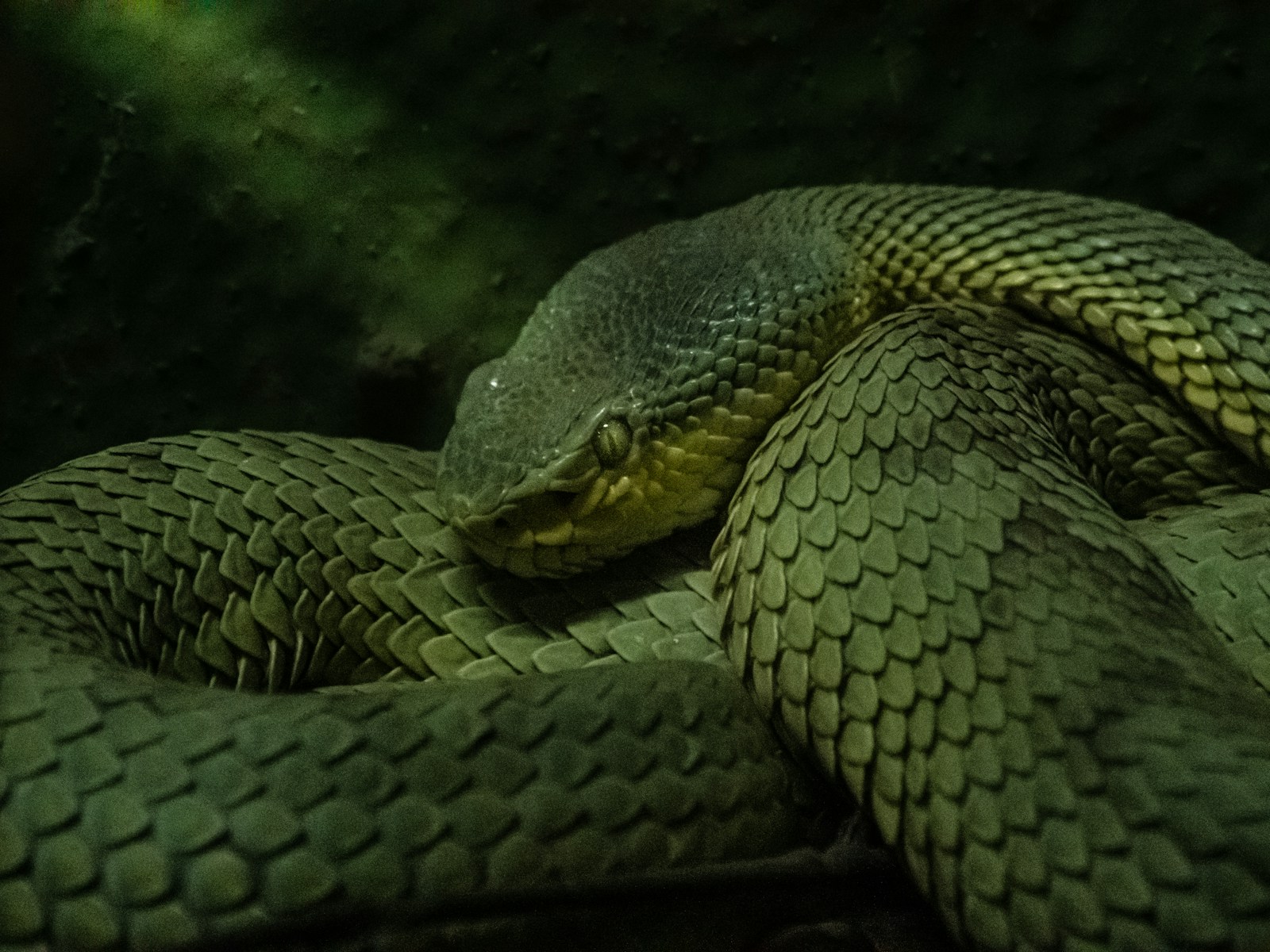
The ability to climb vertical surfaces has conferred significant evolutionary advantages to snake species that have developed this skill. Accessing elevated habitats opens up food sources unavailable to ground-dwelling competitors, such as bird eggs, nestlings, and arboreal mammals. Vertical mobility provides crucial escape routes from terrestrial predators, significantly enhancing survival rates in predator-rich environments. For tropical and temperate species, climbing allows access to varied microclimates, enabling more precise thermoregulation than would be possible on the ground alone. These advantages have driven the convergent evolution of climbing abilities across multiple snake lineages globally, demonstrating the significant survival value of vertical mobility. The continued refinement of these adaptations through natural selection has produced remarkable specializations in arboreal snake species while maintaining enough climbing capability in many ground-dwelling species to utilize vertical terrain when advantageous.
Conclusion: Respecting Snake Mobility
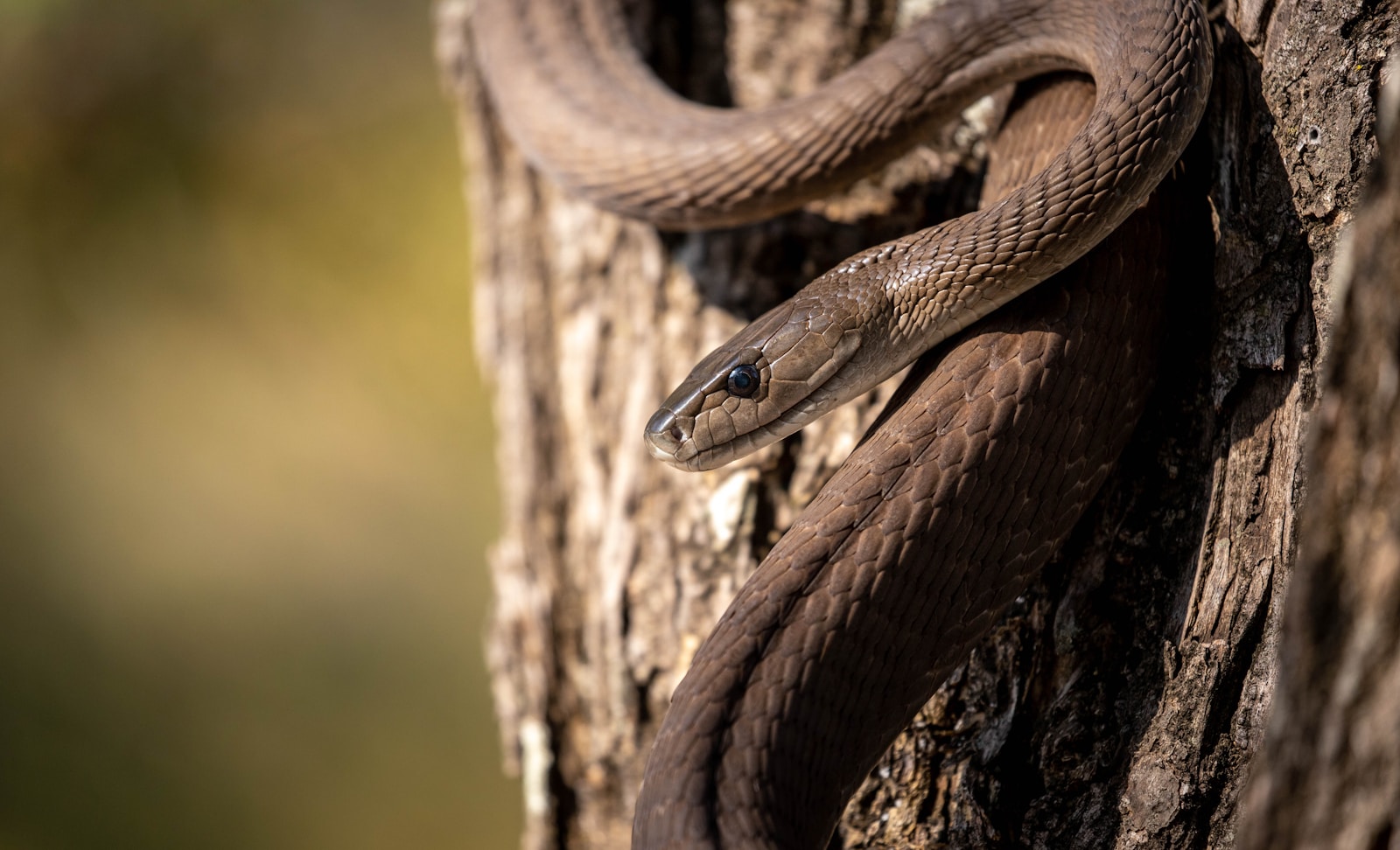
The ability of certain snake species to climb vertical surfaces represents one of nature’s most impressive adaptations for a limbless creature. While not all snakes can climb walls and none can scale perfectly smooth surfaces, their remarkable physical capabilities deserve both respect and appreciation. Understanding the limitations and realities of snake climbing behavior helps dispel unfounded fears while promoting appropriate precautions. For homeowners in snake-inhabited regions, knowledge about which surfaces present climbing opportunities enables effective preventative measures. Rather than viewing snakes’ climbing abilities as threatening, we might better appreciate them as evidence of the extraordinary adaptability that has allowed these reptiles to thrive across diverse habitats worldwide. By learning the truth about vertical slithering, we gain not only practical knowledge but also deeper insight into the fascinating evolutionary solutions that enable wildlife to navigate their complex environments.

